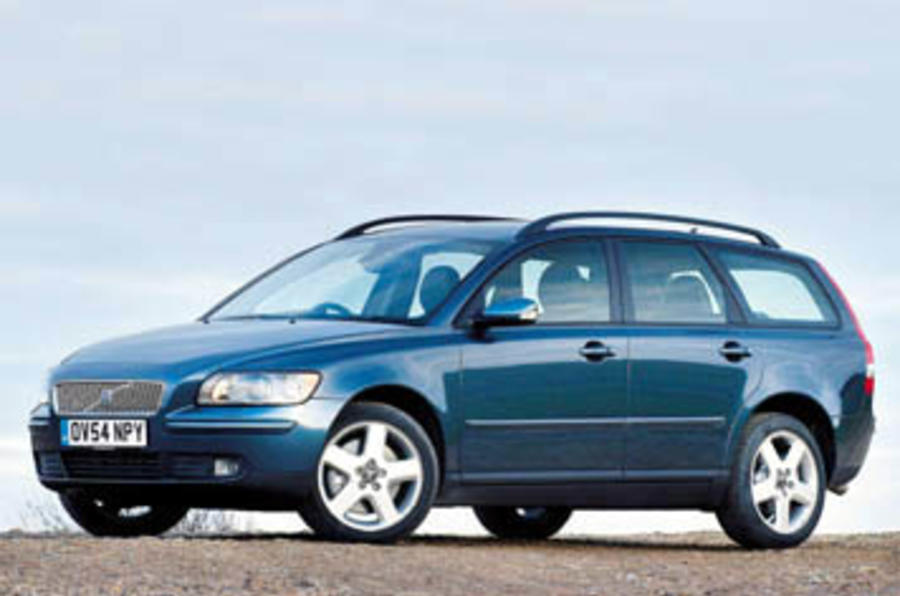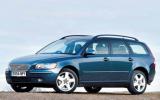First things first. All-wheel drive does improve the Volvo V50 T5. There’s no torquesteer or front wheel scrabble as the Haldex system – similar to the XC90’s – splits torque between the front and rear wheels. It feels more neutral in corners and grips better so power can be put down easier and earlier.
However, there are downsides. The stiffer anti-roll bar and revised damping to compensate for an increased ride height give a more aggressive reaction to scarred Tarmac. CO2 emissions of 229g/km move it up four company car tax bands to 31 per cent, and it struggles to give a 25mpg average in real-world driving.
Going 4x4 adds only 66kg and the extra traction should be more than enough to make up the 0.3sec delay to 60mph compared to the front-wheel-drive car. But we still have difficulty recommending the V50 T5.
It’s a quality item, but it doesn’t actually feel all that fast – certainly not 220bhp fast. Volvo reckons customers will buy the AWD for load-carrying and towing rather than for dynamic appeal, so it seems strange that it will only offer 4x4 on the 2.5 petrol turbo.
The 2.0-litre turbodiesel, which matches the T5’s 236lb ft, would make more sense as a 4x4, particularly as it costs nearly £4000 less than the equivalent T5. And it’s the price that really kills this car. The cheapest V50 AWD is the £25,513 Sport. Our mid-range SE with xenon lights, keyless entry, metallic paint and parking sensors was a shade under £30,000, which is V70 T5 money.
Volvo estimates that 50 per cent of T5s will be four-wheel drive, but the T5 accounts for just five per cent of V50 sales. This car makes most sense as a practical alternative to a top-of-the-range Audi A3 – it’s too small to provide realistic opposition to a BMW 3-series or Jaguar X-type Estate.
Perversely, the cheaper the V50 gets, the more it appeals. Four driven wheels are often better than two, but the T5 is still the least desirable V50.
Alastair Clements









Add your comment